Buying Guide for the Best Drywall Lifts
Choosing the right drywall lift can make your drywall installation process much easier and more efficient. A drywall lift is a tool designed to help you lift and position drywall sheets onto walls or ceilings, reducing the physical strain and making the job safer. When selecting a drywall lift, it's important to consider several key specifications to ensure you get the best fit for your needs. Here are the main specs to look at and how to navigate them.Weight CapacityWeight capacity refers to the maximum weight the drywall lift can safely handle. This is important because drywall sheets come in different sizes and weights. Most standard drywall lifts can handle up to 150 pounds, which is sufficient for most residential and commercial drywall sheets. If you are working with heavier materials or larger sheets, you may need a lift with a higher weight capacity. Always choose a lift that can handle more than the heaviest sheet you plan to lift to ensure safety and ease of use.
Lift HeightLift height is the maximum height the lift can raise the drywall sheet. This is crucial for reaching ceilings and high walls. Standard lifts typically offer a maximum height of around 11 feet, which is adequate for most residential ceilings. For higher ceilings, such as those in commercial buildings or vaulted residential spaces, you may need a lift that can reach up to 15 feet or more. Consider the height of the areas where you will be working most frequently to determine the appropriate lift height for your needs.
Ease of Assembly and UseEase of assembly and use refers to how quickly and easily you can set up and operate the drywall lift. This is important because a complicated or time-consuming setup can slow down your project. Look for lifts that have clear instructions and require minimal tools for assembly. Features like quick-release mechanisms and simple controls can make the lift easier to use. If you are new to using drywall lifts, prioritize models that are known for their user-friendly design.
PortabilityPortability refers to how easy it is to move the drywall lift from one location to another. This is important if you need to transport the lift between job sites or move it around within a large work area. Lifts with wheels or casters are generally easier to move. Additionally, consider the weight of the lift itself; lighter models are easier to transport but may have lower weight capacities. If you frequently work in different locations, a portable lift will save you time and effort.
Stability and Safety FeaturesStability and safety features are critical for ensuring that the drywall lift remains steady and secure while in use. This is important to prevent accidents and ensure precise placement of drywall sheets. Look for lifts with wide bases, locking mechanisms, and sturdy construction. Some models also offer additional safety features like anti-slip platforms and safety brakes. If you are working alone or in challenging conditions, prioritize lifts with robust safety features to minimize the risk of injury.


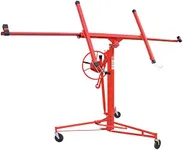

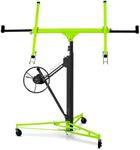





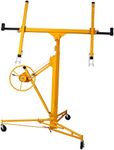

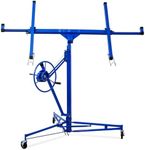
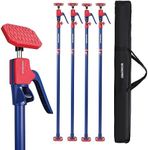
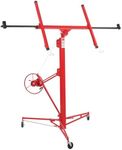

![IMPRESA [2 Pack] XL Drywall Lift & Sheetrock Kicker Multi-Tool withBuilt-In Drywall Rasp Tool & Bottle Opener - Drywall Lifter Foot Lever for Wall Panels & Door Lifter Tool - XL Tools & Accessories](https://images-proxy.bestreviews.guide/rUqMZ3OkRq6TLmur2h7sJBr7dW0=/0x150/https://m.media-amazon.com/images/I/41tQL0rz-2L._AC_CX679_.jpg)






